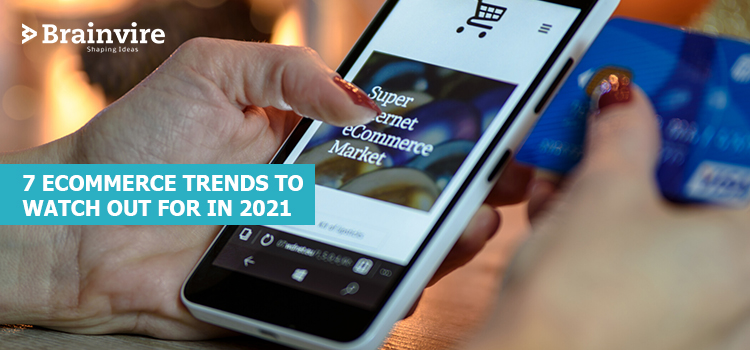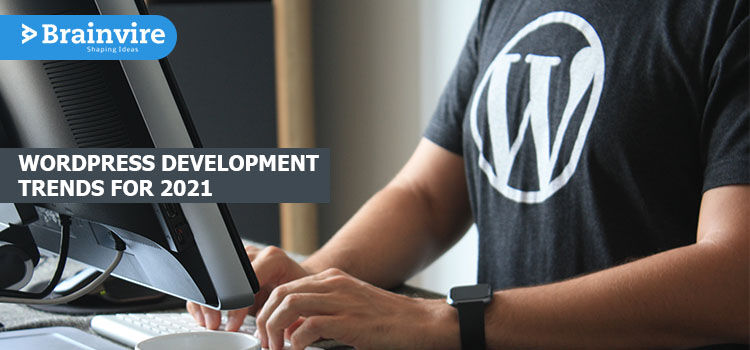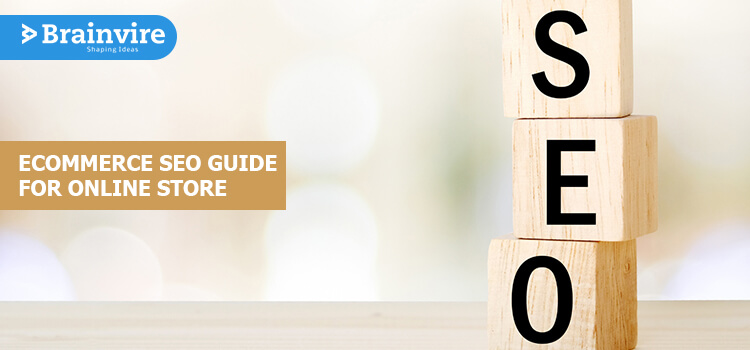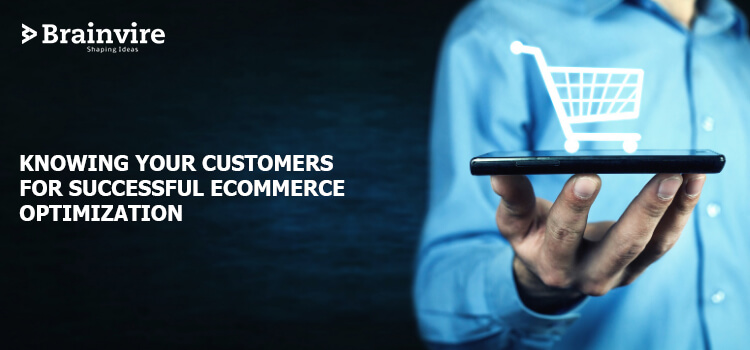
As an e-commerce business owner, if you want your online business to prosper, you know that maximizing your e-commerce conversion rate is important.
Your website is no different from a brick-and-mortar shop. Your income relies on providing a smooth shopping experience and ensuring that your customers check out with a cart filled with items from your virtual aisles.
Your first challenge is converting casual visitors into potential customers with an attention-grabbing, optimistic first impression.
The explanation is simple: what your customers initially consider will dictate how likely their wallets are to be taken out.
This undeniable reality means that optimization starts with your home page.
But there is a danger.
To prematurely plunge into A/B testing or revamping your message is all too easy.
Improving the e-commerce conversion rate does not start with Ecommerce SEO strategies being applied, however useful they may be. It starts with knowing your target audience thoroughly.
You can’t enhance their experience efficiently unless you gain insights into the consumers purchasing your products.
Before you even start optimizing your home page, here are 3 main facts you need to know about your e-commerce audience.
1. Know the Customer Needs That Drive Your Ecommerce Conversion Rate
Every good organization starts by defining customer expectations and communicating clearly how you deliver innovative solutions, and the same is true for your online store. The consumers, their needs, and the answer are described in a few, short seconds, whether it’s a mom looking to furnish her kid’s dorm with quality cookware or a busy corporate manager looking for a wedding present.
It will dramatically increase your e-commerce conversion rate by providing a simple home page post.
But that message is only successful if you have an audience.
Let’s say your e-commerce shop offers hand-made watches that are waterproof up to 100 meters. Your home page targets an audience that you feel is interested in your watches’ handcrafted value.
But the fact is, your actual consumers are more interested in your product line’s waterproof characteristics.
Misunderstanding the needs of your customers and your attempts to increase your conversion rate would be seriously misguided.
You’ll want to consider the customers’ specific characteristics before optimizing-
- What needs have driven them to your website.
- What solutions they think will solve their problems.
- What fears and concerns they have.
- What questions they’re asking.
- What triggers them to take immediate action.
Tips for Defining Your Audience

Image source: edkentmedia.com
More than likely, you built your e-commerce store on insights that you personally gathered about customer needs. However, this is actually not enough when it comes to maximizing the conversion performance.
Growing your sales starts by collecting detailed data for as many customers as possible, not just those with whom you have worked, as this can produce a less than accurate view of your audience.
Here are a few ways you can gather data on your customers.
1. Analyze contact forms and phone call details– Combine and review these forms for information that shows common consumer needs by using the feedback forms the customers have submitted.
If you have software that tracks incoming calls, review these files to obtain critical information about your customers’ questions.
2. Analyze records for direct chat– If your e-commerce business offers direct chat, you may want to view your transcripts to find out what details they disclose about your customers.
Chat transcripts will shed light on everything from pain points for your clients to needs for which they have not found a solution.
Moz recommends that you provide this service to your customers as an easy way to increase your e-commerce conversion rate if you don’t have direct chat available.
3. Your customers’ survey– Surveying your audience is another common method you can use to better understand your clients.
Software, such as Qualtrics or SurveyGizmo, helps you to directly send surveys on your mailing list to customers. To incorporate survey questions into your web, you can also use tools such as Qualaroo.
2. Know Which Keywords Your Customers Use
Your next move is to define the keywords your customers use to express these needs, once you have identified some common customer needs.
You can not see an obvious link at first between the e-commerce conversion rate and performing keyword research. You might assume that keywords are simply used not to optimize your home page, but to drive traffic.
Knowing the connection between how users search and the importance of your pages to such searches offers insight into how to optimize your content, according to Google.
Although a number of good keywords can be on your home page, certain phrases push clicks more than others.
Understanding what keywords cause your customers to take action helps you to understand your customers more profoundly and build a home page that taps into their conversion needs.
Tips for Pinpointing Your Customers’ Search Terms
You’ll need to turn to Google Analytics when it comes to knowing what search terms your consumers are using and which keywords can attract clicks.
If you note that one search term led to a higher click-through rate, this can mean a need to take action for your audience members, a valuable piece of data to optimize your conversion rate for e-commerce.
Another tool that you can use to receive keyword feedback from Google Analytics is to evaluate the efficiency of your landing page.
But, you’ll need to determine if these pages contribute to your income in order to understand the keywords you should use.
Perhaps you have picked keywords that generate traffic, but no conversions. Or maybe your copy is not aligned with the phrase that led the user to click on your website. You can tap into the words and keyword phrases that can generate stronger conversions between analyzing your queries and assessing your landing pages.
3. Discover How Customers Interact with Your Home Page
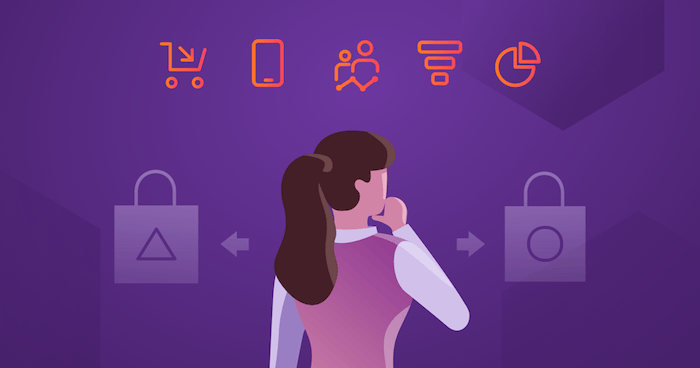
Image source: technologyadvice.com
You’re going to want to know things, such as…
- How much your customers consume from your home page material– You’ll want to see how far your home page scrolls down.
- What catches the attention of your audience– A crucial piece of knowledge for redesigning your home page is understanding which parts of your home page are most important to your clients.
- If your customers are clicking your desired CTAs– If your customers click the links that lead to conversions, it’s important to know.
What This Means for Your Ecommerce Home Page
Collecting data on your audience is the first and most critical step to increase your ecommerce conversion rate, from recognizing what connections customers click to knowing what questions they pose in communication forms.
Here’s a short rundown of the three things you should know about your ecommerce clients, as well as our tips for collecting the data you need to make the right choices:
-> Identify customer needs in emails, phone calls, chat logs, and surveys through mining data. To refine your navigation structure, you will collect vital information and position words that are most important to your customers in the top, a right region of your website, a key method for driving conversions. You will also obtain useful information to review your copy, calls to action, title, and more.
-> To understand the keywords your clients are using, which pages they land on, and which terms are most likely to drive conversions, use Google Analytics tools to understand what keywords your clients are using, which pages they land on, and which terms are most likely to drive conversions. You can also obtain useful keyword knowledge so that you put your most important content or e-commerce products above the fold.
-> Via heat map apps, such as Crazy Egg, Inspectlet, and Clicktale, as well as Google Analytics, identify how consumers communicate with your current home page. This useful data will help you lower the bounce rate, reduce friction from the buyer experience, push customers to check out, and decrease the clicks to buy from the landing page.
Conclusion
Partner with Brainvire Canada if you’re ready to craft consumer insights into an online store that converts. We’re an SEO agency that helps you optimize your ecommerce store.
To effectively expand your reach, we will help you weave customer data and conversion rate optimization best practices together.




